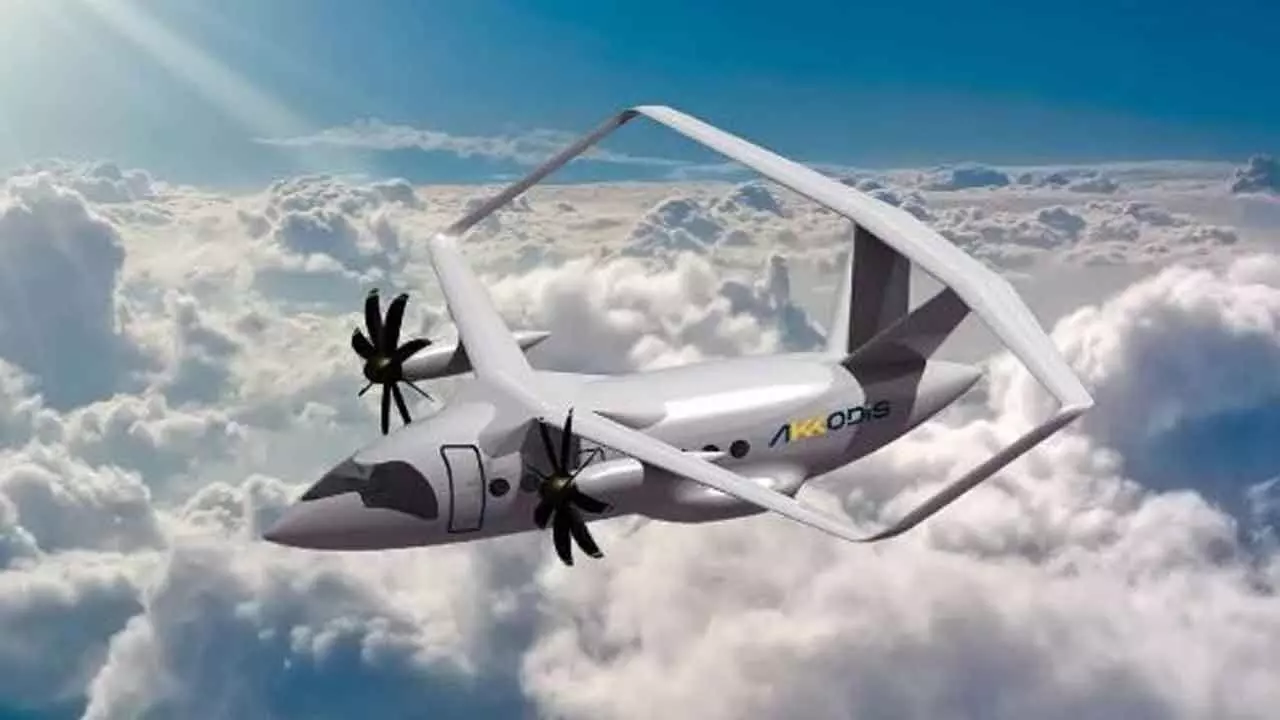Aviation Sector Poised Is For Unprecedented Growth Globally
The sector, which operates over 1 lakh commercial flights worldwide daily, needs to embrace innovation and sustainability to navigate challenges ahead
Aviation Sector Poised Is For Unprecedented Growth Globally

With air traffic projected to reach 12.4 billion passengers by 2050, the aviation industry faces both unprecedented opportunities and pressing challenges. Congested airspace, infrastructure limitations, and environmental concerns demand innovative solutions
New challenges are always on the horizon. It's hard to find an industry that hasn't at some point been knocked sideways by unexpected developments or changes in the rules. Change can be sudden and overwhelming, or gradual and unnoticed; in either case, the result can be hard to manage - and sometimes fatal - for organisations not actively preparing for it.
As international civil aviation enters a new era marked by unprecedented challenges and opportunities, ICAO presents its comprehensive Strategic Plan for 2026-2050. With air traffic projected to reach 12.4 billion passengers by 2050, the plan is to take sector toward a more safe, secure, economically viable, efficient, and environmentally sustainable future.
The UN predicts that by 2050, two thirds of the world's population will live in cities. In a little over a century, aviation industry has gone from learning to fly, to learning to fly faster, learning to fly further, learning to fly heavier planes, and now to having 100,000 plus commercial flights occurring around the world every day! Aviation has truly been at the forefront of innovation to become one of the safest and most reliable modes of transportation in the world today.
The volume of air traffic is surprising to some. Aircraft are taking off around the world at a rate of over 400 departures per hour - and that's only scheduled commercial traffic.
Air transport takes people and cargo around the world, and like bees pollinating the world economy, air transport can have a tremendous impact on the social and economic development and sustainability of a region.
Sharing and leveraging technology and best practices from aviation and all modes of transportation will help ensure the success and sustainability of the emerging mobility sector.
Aviation represents 3.5 per cent of the gross domestic product (GDP) worldwide (2.7 trillion US dollars) and has created 65 million jobs globally.
Aviation provides the only rapid worldwide transportation network, generating economic growth, creating jobs, and facilitating international trade and tourism.
Aviation has become the enabler of global business and is now also being recognised by the international community as an essential enabler to achieving the UN Sustainable Development Goals.
The aviation sector is growing fast and will continue to grow. The most recent estimates suggest that demand for air transport will increase by an average of 4.3 per cent per annum over the next 20 years.
If this growth path is achieved by 2036, the air transport industry will then contribute 15.5 million in direct jobs and $1.5 trillion of GDP to the world economy. Once the impacts of global tourism are taken into account, these numbers could rise to 97.8 million jobs and $5.7 trillion in GDP.
But the growing demand for air traffic also involves challenges, not least of which are the important logistical implications in and around airports to ensure the infrastructure can support this growth.
Worldwide, 51 per cent of the population lives within 100 km of an International Airport – and 74 per cent live within 100 km of any kind of airport.
So, airspace is quickly becoming congested and air traffic is slated to double over the next two decades.
In addition to air space, there is a need to focus on airports themselves. Airports are already built up around population centres and are already operating at high capacity.
The reality is that – in order to accommodate the forecast growth - drastic improvements and efficiencies for airports and air traffic management will need to be found. For this – we need innovation.
Aviation is already known as a driving force of global technology development and innovations.
Engines and aircraft become lighter, quieter, and more efficient. Emerging technologies are reshaping with robotics, artificial intelligence, the internet of things, unmanned aircraft systems, and the push for hybrid and electric airplanes – just to name a few.
Alternative fuels can significantly change the current scenario of aviation in support of environmental protection. The vast investment in Artificial Intelligence (AI) and Big Data could be seen as a promising way of increasing safety, efficiency, and sustainability. These technologies can help improve aviation infrastructure and airspace utilisation.
The main question revolves around how we can achieve growth in a responsible and therefore sustainable way.
As the industry plans to support a near doubling of passenger and cargo numbers by 2036, demand for pilots, engineers, air traffic controllers, and other aviation-related jobs is expected to rise dramatically. What is also certain is that innovations in technology and approaches will be needed to sustain this growth.
By the mid-2030s no fewer than 200,000 flights per day are expected to take off and land all over the world. This clearly shows the growth potential of the global aviation sector.

